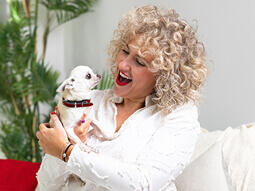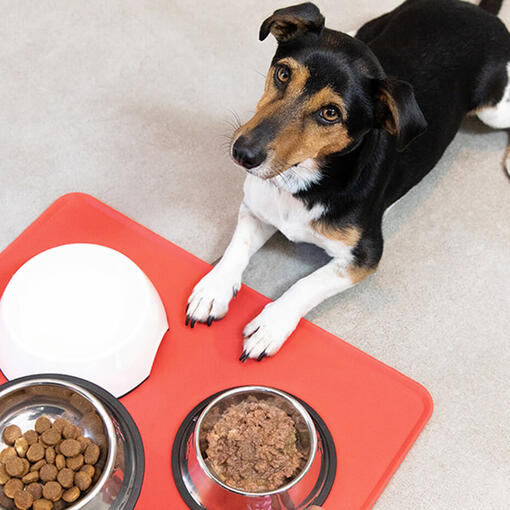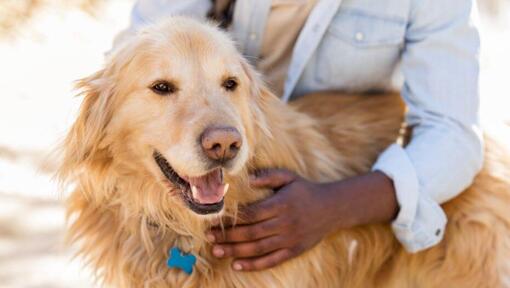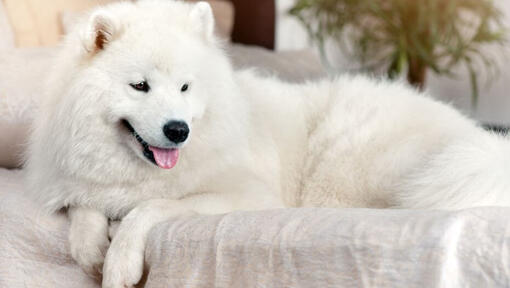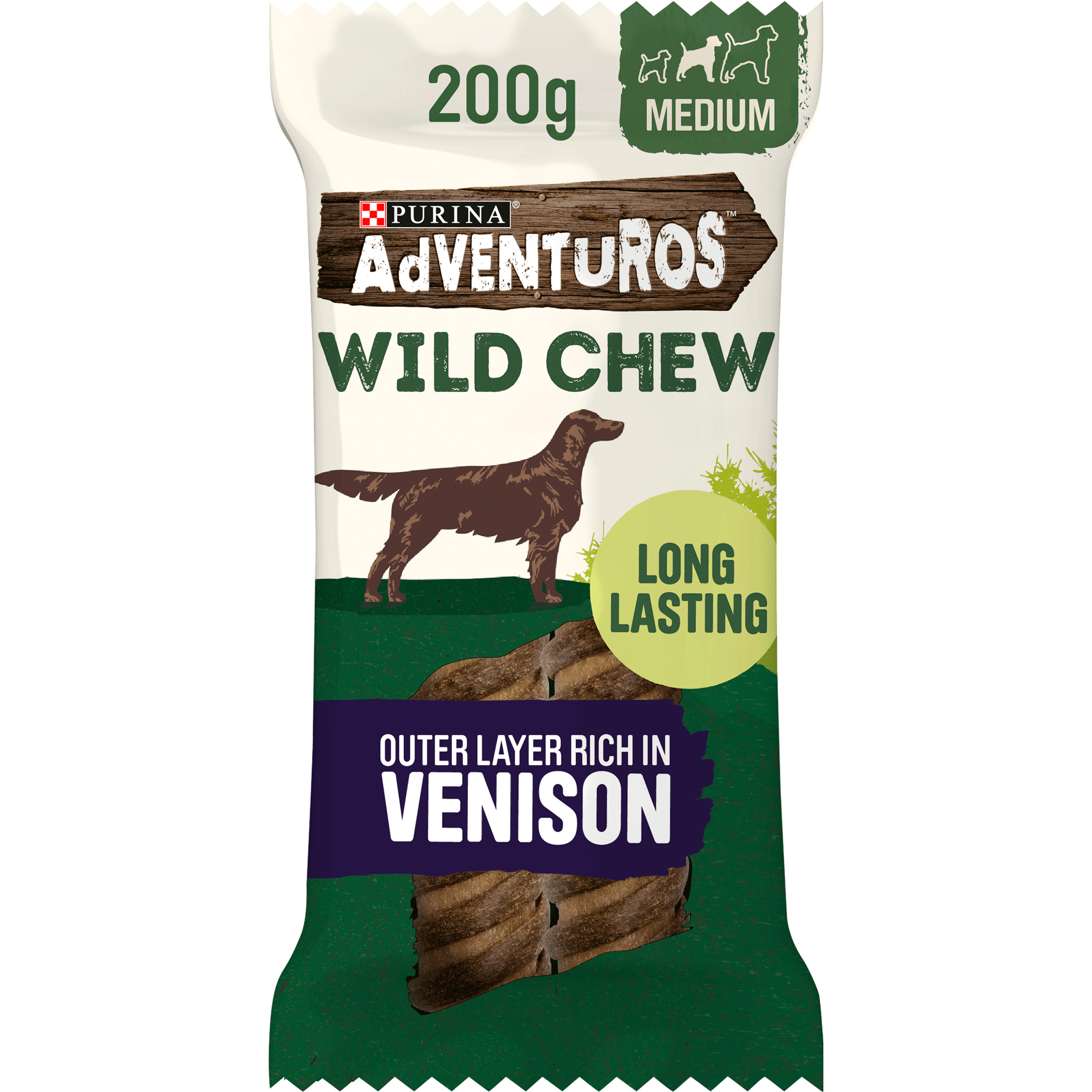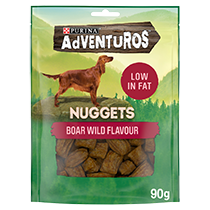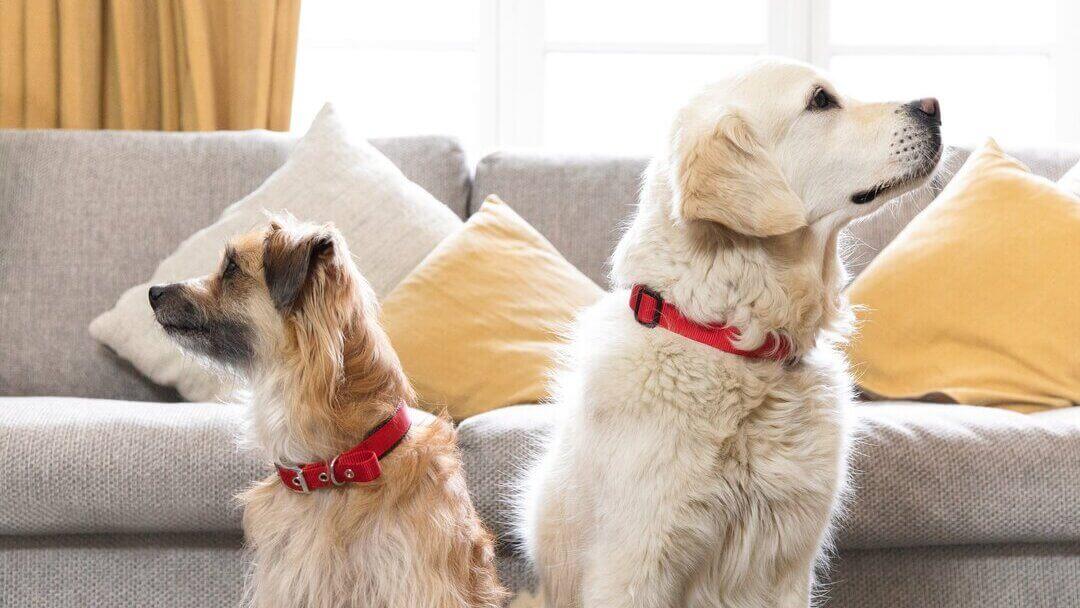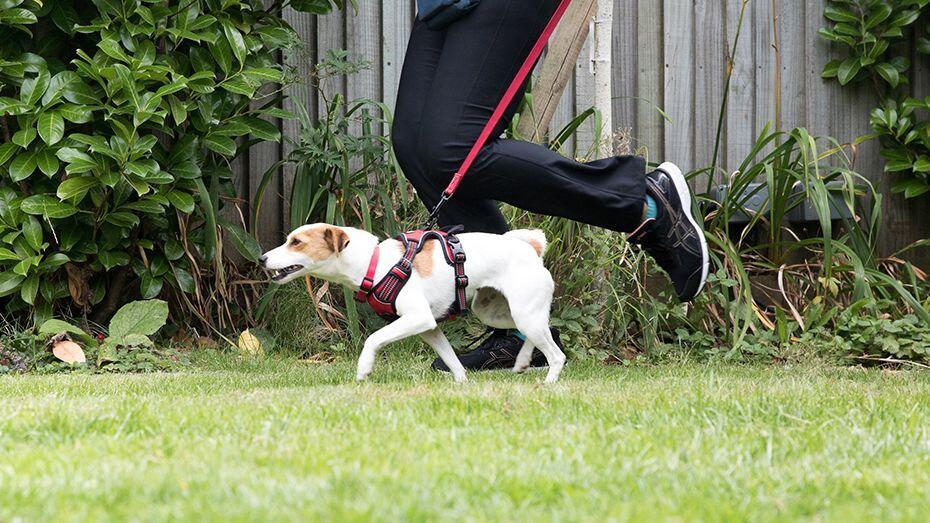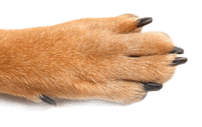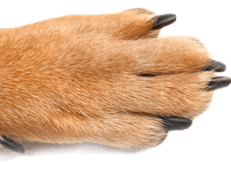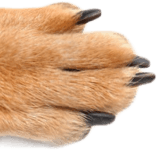
We often marvel at how human our dogs can sometimes seem. They appear to mirror our behaviour and its easy to think that they exhibit the same facial expressions and emotions that we feel, whether it’s happy or sad.
Dogs also seem to have fun and enjoy spending time with us. So, it makes sense that many dog owners ask if dogs can laugh or smile. Read on to find out the answer!
Can Dogs Laugh?
There has been some debate among animal behaviourists about this but most agree that no, dogs don’t laugh. At least not in the sense that humans laugh.
However, dogs can make a sound that can sound similar to a laugh, which they typically do when they are playing. It’s caused by a breathy panting that’s forcefully exhaled. It’s considered to be a play-pant rather than a dog laugh and dogs generally use it to invite humans and other dogs to play. Several animal species have been observed to play-pant, including primates. Dog play-pants are usually combined with body language that invites you to play such as play bows, a paw reaching out to you or teasing jumps towards you with a relaxed demeanour.
Animal behaviourist Patricia Simonet at Sierra Nevada College recorded dogs making this play-pant sound and discovered that it had a broader range of frequencies than typical dog panting. She concluded that this meant it could be considered a type of dog laugh.
Simonet then played the dog laugh recordings to puppies and found that they became very active upon hearing the noises. The recordings also seemed to calm dogs in dog shelters.
What Does a Dog Laugh Sound Like?
All laughter is a sound made by exhaling and inhaling air. Human laughter is made when the chest muscles squeeze air out of the ribcage, creating a vocalised, spoken “ha ha” sound. Dog laughter is created by panting without any vocalisation, creating a more “hhuh hhah” sound.
Some dog owners want to try and mimic dog laughter to build a bond with their dogs. Whether this works or not is debatable – but it is always fun to try. To do this, make slightly rounded lips for the “hhuh” sound, then open your mouth and make a slight smile for the “hhah” sounds, and alternate between the two. The sound should be breathy with no actual voicing of noises – think of it like panting. Some dog owners claim their dogs respond to it by sitting up, wagging their tails and approaching to investigate the noise but they might just be wondering what on earth you are trying to do!
Can Dogs Smile?
Social media is full of pictures of dogs appearing to grin, but it seems that, much like with laughing, dogs can’t smile in the same way as humans – but it is us that instinctively respond to what we perceive to be a smile when in actual fact it is just due to the anatomy of some dog breed’s mouths. As an example, nothing can ‘smile’ as widely as a Staffie with their wide cheeks and large mouths but it isn’t any reflection of how they feel (although most Staffies are happy all the time!).
This ‘smile’ in dogs happens when they open their mouths and pull back their lips, letting their tongues lap over their teeth. This “dog smile” occurs in specific breeds and usually when they are relaxed and appear happy, which is why dog owners think it is a smile.
These “dog smiles” also often occur in response to a human smile, which is a phenomenon called laughter contagion. Dogs may appear to smile because we smile at them.
Also dogs repeat behaviours that have a positive result for them – and if owners respond when their dog makes that facial gesture, they are more likely to do it again and keep smiling!
How Do You Know If Your Dog Is Happy?
If dogs can’t laugh or smile like humans do, how do they show happiness? Many people think dogs wag their tails to show happiness, but this isn’t necessarily true. Yes, often a dog’s tail is their smile, but dogs use their tails for a range of communications and the message depends on the type of wag, the situation and the tail’s position and the rest of the dog’s body language.
A neutral position, where the tail is naturally held for the breed, means that the dog is relaxed. If the tail is wagging (fast or slow) and is coupled with relaxed (or even wiggly) body language, you can be pretty sure your dog is happy and that is a ‘smiling tail’.
When dogs drop their tails to a lower position, it can be a sign of uncertainty, stress or worry. Then the wag may be more tentative and the rest of the body is also lowered and their face can either look stressed or concerned.
And if they raise their tails stiffly in the air and the wag almost becomes a vibration, they become fixed in their body language and even accompany that with a growl or else a hard stare, then you can be sure they are not happy.
Instead of focusing on whether your dog is smiling or laughing, it makes more sense to look at the dog’s body language and actions to see if they are happy. You can look at the whole body for signs like a wagging tail, an open mouth and a relaxed pose.
Ideas To Make Your Dog Happy
Here are some ideas to keep your dog happy and healthy:
While dogs may not laugh or smile exactly like humans, there's compelling evidence that they do express joy in their own unique ways. The breathy “play-pant” sound, especially when paired with playful body language, seems to serve as their version of laughter. It's a vocal cue that invites fun and interaction. Likewise, the so-called “dog smile,” often seen during relaxed moments or in response to our own happy expressions, signals contentment, even if it's more about anatomy and learned behaviour than a direct emotional match. Rather than looking for human-style smiles or laughs, the key to understanding a dog's happiness lies in reading their body language: a loose posture, a wagging tail, an open, relaxed mouth. These are the true signs of a joyful pup. So, even though their expressions of happiness differ from ours, dogs clearly know how to enjoy life and they have a special way of sharing that joy with us.
Read more about dog body language with our expert guide.

